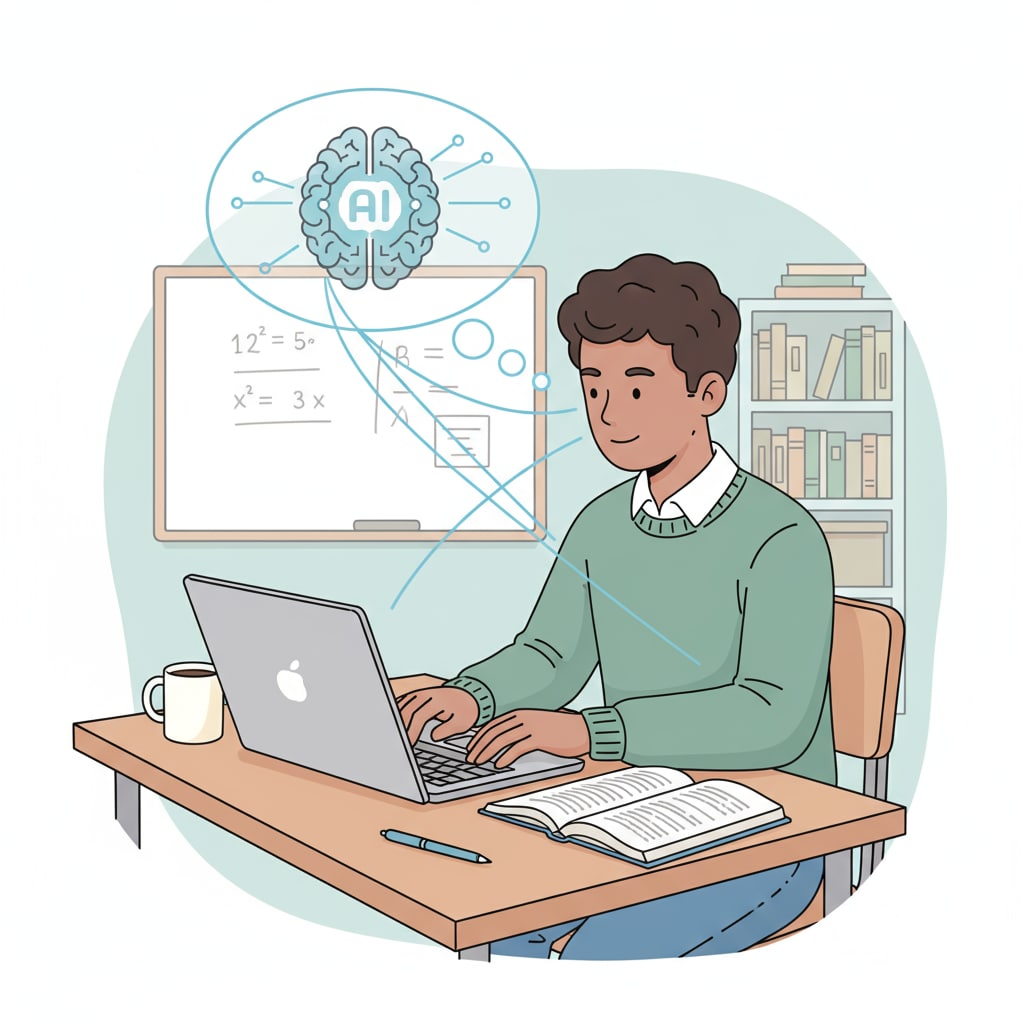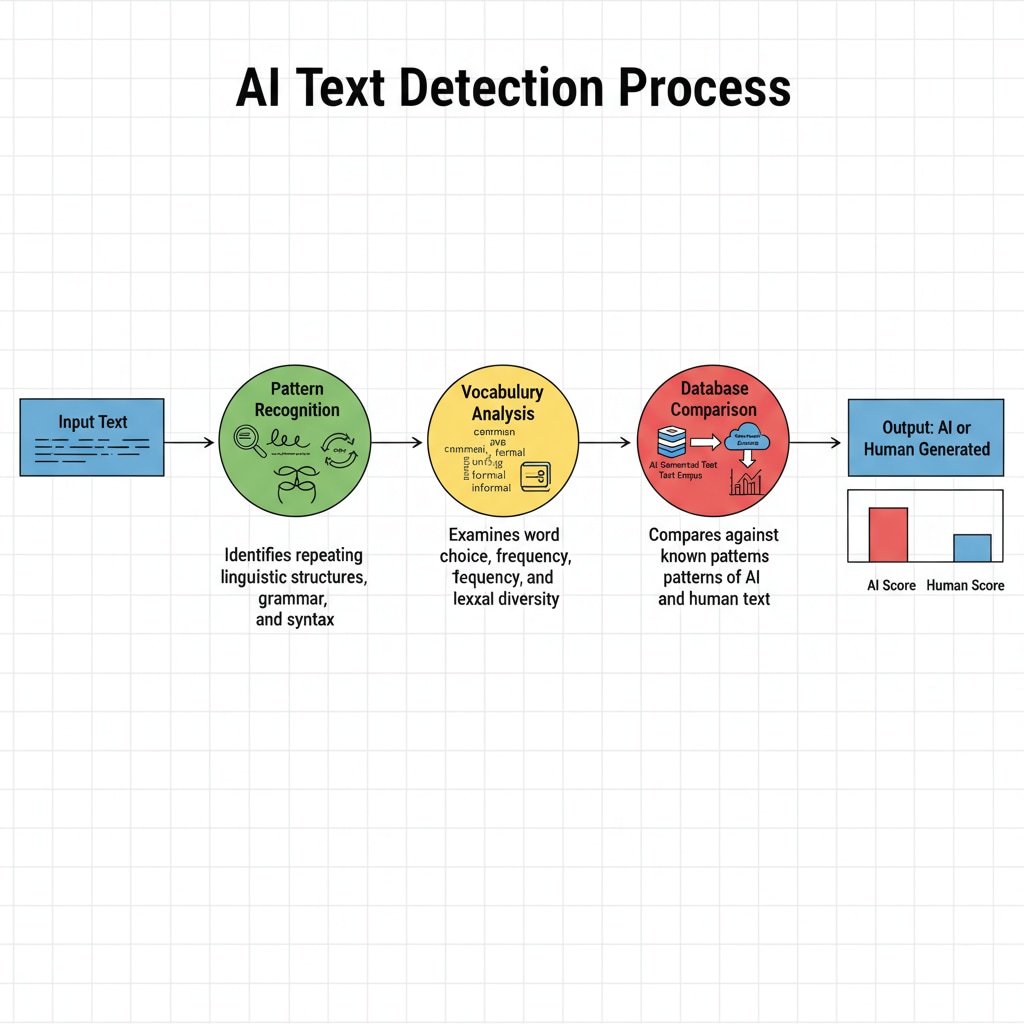AI detection, manual input, and paraphrasing tools have become hot topics in the realm of education. As AI technology continues to evolve, students are finding new ways to use it to their advantage, such as generating content with AI and then manually inputting it in an attempt to avoid detection. But does this strategy really work?

The Rise of AI in Education
AI has made significant inroads into the education sector. Tools like ChatGPT can generate well-written essays, solve complex problems, and even create lesson plans. This has made it an attractive option for students looking to complete their assignments quickly. For example, a student struggling with a history essay can ask an AI to generate a draft and then rewrite it in their own words, or simply manually input the generated text. According to EdSurge, the use of AI in education has grown exponentially in the past few years.
The Mechanics of AI Detection
AI detection tools operate on several principles. They analyze patterns in language, such as sentence structure, vocabulary usage, and writing style. For instance, AI-generated content often has a more mechanical and repetitive structure. Detection tools also compare the submitted text against a vast database of known AI-generated content. However, these tools are not without limitations. As Wikipedia states, new AI models are constantly emerging, and detection tools need to be updated regularly to keep up.

The strategy of manually inputting AI-generated content might seem like a foolproof way to evade detection. But in reality, it has its flaws. While it might bypass some basic detection methods, more advanced tools can still pick up on subtle cues. For example, the vocabulary and sentence structures used might still be characteristic of AI-generated text. In addition, the overall flow and logic of the content could give it away.
Balancing AI Use and Academic Integrity in K12
Educators face the challenge of allowing students to use AI as a learning tool while maintaining academic integrity. One approach is to educate students about the proper use of AI. Teachers can incorporate AI into the curriculum, teaching students how to use it for research, brainstorming, and enhancing their learning. At the same time, strict guidelines should be set regarding what constitutes acceptable and unacceptable use of AI in assignments. For example, using AI to generate the entire assignment and submitting it as one’s own work should be clearly prohibited.
Readability guidance: By breaking down complex topics into shorter paragraphs and using lists where possible, we make the content more accessible. We’ve also used external links to reliable sources to enhance the credibility of the information. Transition words like ‘however’, ‘for example’, and ‘in addition’ have been used to make the flow of the article smoother.


